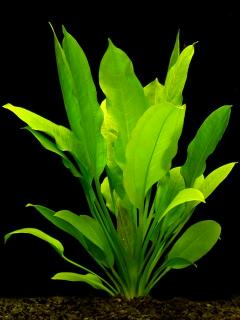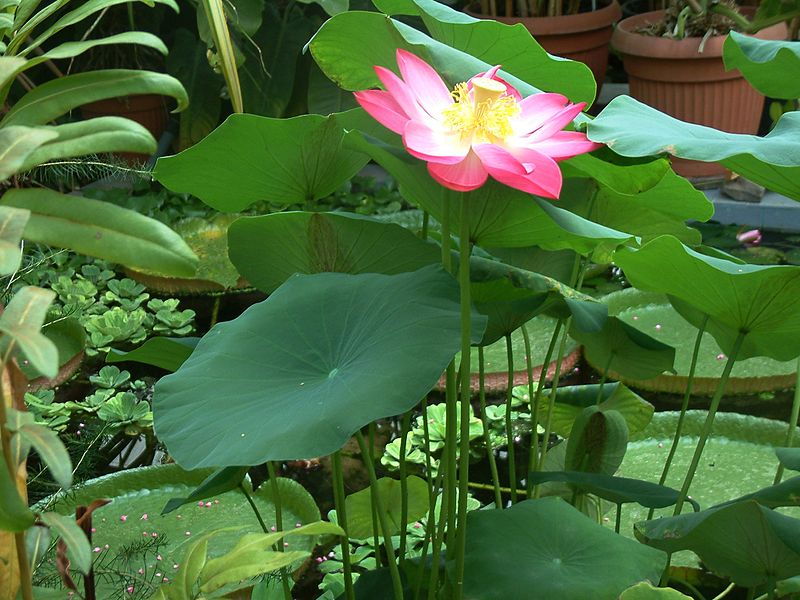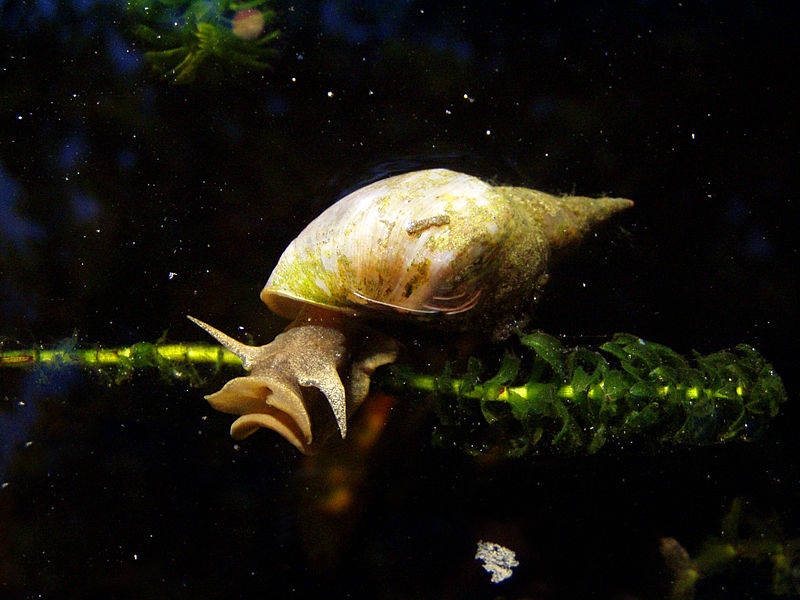 A few years ago our plant suppliers introduced new items for sale that were just too fun and interesting to pass up. They were simply called moss balls. If ever there was an aquarium plant with personality, this would be it. They have a certain character, and can almost become like a pet in the aquarium even if they aren’t dazzlingly colored or active like the fish we keep. The vague nomenclature was accurate enough, but the story of where and how these mysterious moss balls come to be is as interesting as they are to look at when you place them in your aquarium.
A few years ago our plant suppliers introduced new items for sale that were just too fun and interesting to pass up. They were simply called moss balls. If ever there was an aquarium plant with personality, this would be it. They have a certain character, and can almost become like a pet in the aquarium even if they aren’t dazzlingly colored or active like the fish we keep. The vague nomenclature was accurate enough, but the story of where and how these mysterious moss balls come to be is as interesting as they are to look at when you place them in your aquarium.
Marimo, Japanese for “ball seaweed”, were named by a Japanese botanist decades after they were originally described by someone else in Austria around 1820. They originated in shallow areas of a few freshwater lakes in the world including several in Japan, Iceland, Scotland and others. In the trade they are referred to as moss balls or Japanese moss balls, but they also have several other names given by those who encounter them in their native waters. The name seems fitting…each ball has a velvety, thick, fuzzy texture much like a mound of filamented moss. However, moss balls aren’t really moss at all. These unique formations are actually colonies of the filamentous algae Aegagropila. They were previously classified as Cladophora aegagropila, but modern research proved that they actually belong in genus Aegagropila. Don’t let their classification as algae scare you, this is a fun, non-invasive kind! Read More »
 That Fish Blog – Aquarium Advice and Information
That Fish Blog – Aquarium Advice and Information




